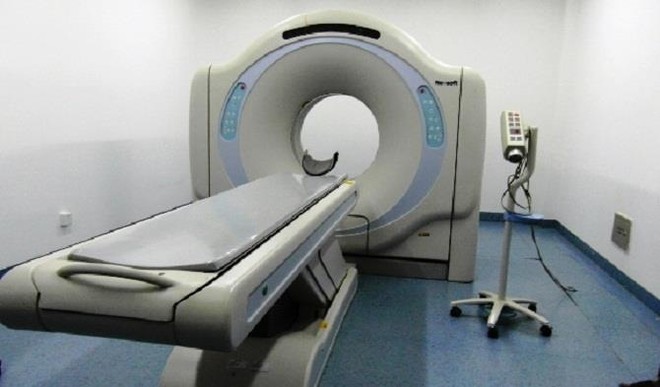Late screening for cervical cancer pushes prevalence
Low screening rates, combined with a high prevalence of human papilloma virus (HPV) and liberal attitudes toward sexual behaviour make the impacts of cervical cancer worse among women in developing countries, says oncologist Dr Vijay Reddy. “It is estimated that more than 90% of cervical cancers are related to the presence of HPV and is […]


Low screening rates, combined with a high prevalence of human papilloma virus (HPV) and liberal attitudes toward sexual behaviour make the impacts of cervical cancer worse among women in developing countries, says oncologist Dr Vijay Reddy.
“It is estimated that more than 90% of cervical cancers are related to the presence of HPV and is now accepted as a necessary cause of most cervical cancers,” Reddy, a consultant clinical oncologist at Apollo Cancer Hospitals, which he directs, said in a statement.
HPV is a double-stranded DNA virus that can be easily spread through direct sexual contact, from the skin and mucous membranes of infected people.
Reddy advises that regular screening of women between of 21 and 65 years with Pap smear test decreases their chance of dying from cervical cancer.
But screening for women under 21 years is not recommended, regardless their age of sexual initiation, even though tissue studies can be done every three years until age 65, Reddy notes.
“HPV vaccination is recommended for 9 to 26 year-old females. Ideally females should get the vaccine before they become sexually active and exposed to HPV,” says Reddy.
“Females who are sexually active may also benefit from vaccination, but they may get less benefit. This is because they may have already been exposed to one or more of the HPV types targeted by the vaccines.”
Cervical cancer is considered the most common gynaecological cancer and the third most common malignancy in women worldwide, and a leading cause of cancer related deaths in developing countries.
Among its risk factors are initiation of sexual intercourse at young age, multiple sexual partners, promiscuous sexual behaviour in male partners, low socio-economic status, poor access to health care, high parity, smoking and presence of infections such as HPV, HIV.
